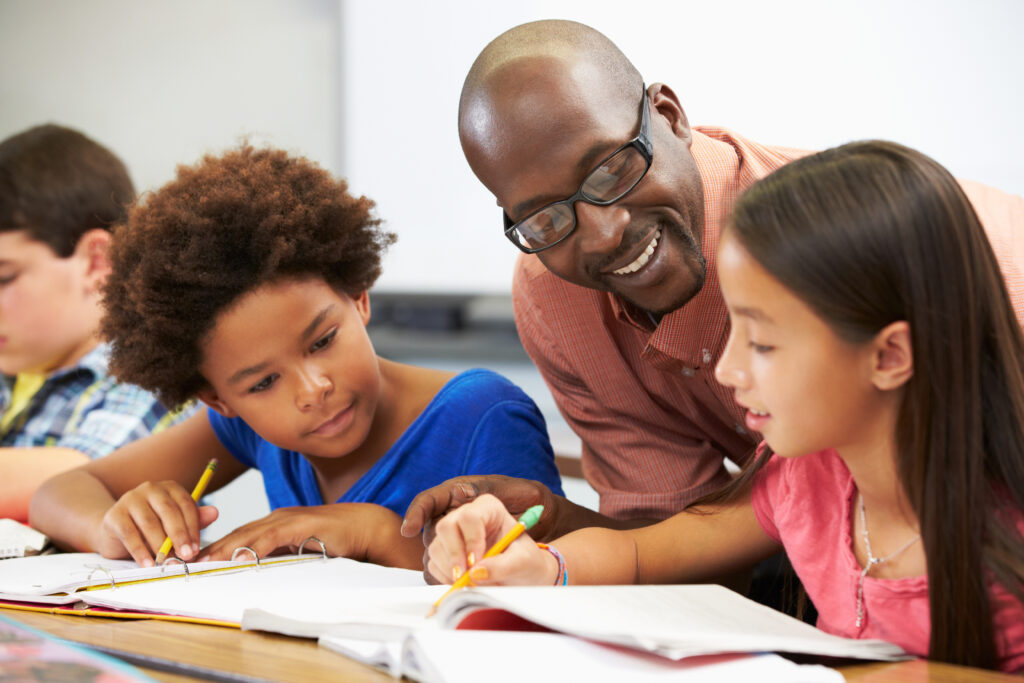One way to deepen your understanding of behavior and emotions is to learn, and help your students learn, about brain science. When one of your students melts down and it turns into a domino-effect meltdown for multiple other students in your class, it can feel defeating. When we understand the basics of how the brain works, it helps demystify human emotions and behavior. It also gives us some agency in self-regulation and problem-solving. Further, young people love learning about their brains! They can become scientists of their own mind, expanding their understanding of their own behaviors and emotions. Here are a few resources to get started.
Help Your Students Learn Brain Basics

There are lots of engaging resources for kids to learn about their brains:
These videos from Curious Kids Psychology and Learn Bright.
The book Your Fantastic Elastic Brain is also a great place to start learning about how brains work and the beauty of normalizing that making mistakes helps us learn.
Normalize Big Emotions with Brain Science
When our students are struggling with managing their emotions, it can be easy for them to internalize shame with negative self-talk. Learning about the science behind emotional regulation can be extremely empowering and hopeful for young people struggling with emotional regulation.
This article from PBS has some excellent talking points and activities to explore brain elasticity, empathy, and neuroscience. Sometimes their emotions are so big, kids can feel out of control, leaving them feeling powerless. Knowledge of our brain’s role in our emotions helps our kids better understand why they feel big emotions and how to calm them down.
Brain Science = Help for Educators
Teaching is very rewarding AND stressful. Brain science not only helps kids understand their brains, but also helps educators build empathy and understanding for the big emotions of adults and students alike. Tantrums may feel less like a personal attack when paired with an understanding of brain science and child development.
Learn about brain science along with your students to normalize the normal things that are going on in their brains and to access strategies for diffusing frustration when big emotions inevitably bubble up. It can help your in the classroom and equips the next generation with a deeper understanding of their brains and behavior.
